Inside Manifattura Tabacchi, one of Italy’s biggest regeneration projects
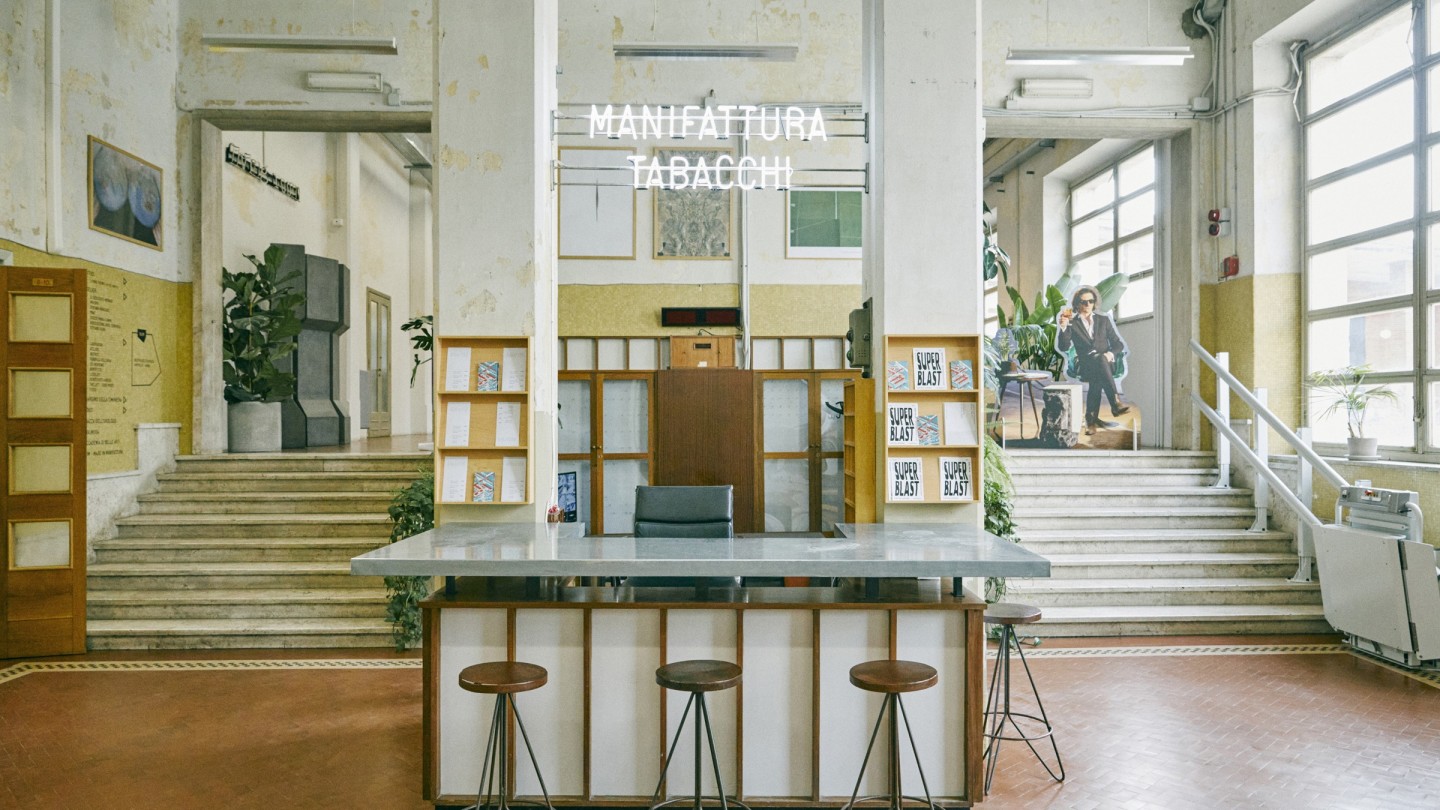
Roula Khalaf, Editor of the FT, selects her favourite stories in this weekly newsletter.
Between the Renaissance wonders of the Uffizi Gallery and Brunelleschi’s Duomo, homegrown visionaries including Michelangelo and Leonardo da Vinci, and fashion legends such as Guccio Gucci and Salvatore Ferragamo, Florence is not readily associated with the grit and grime of industrial manufacture. Yet a short 3km from the 15th-century cathedral Santa Maria del Fiore, a new manufacturing, life, work, study and culture hub is being constructed out of the empty shells of a vast 110,000sq m, 16-building factory.
Manifattura Tabacchi is one of the most ambitious urban regeneration projects in Italy. The heritage protected factory was originally commissioned by the government, built over a staggered period in the 1930s by the construction company that was owned by the now revered rationalist architect and engineer Pier Luigi Nervi. As the name shouts loud, the historic factory was dedicated to the making and packaging of cigar and cigarette products that were sold in volume to a smoke-happy populace, then oblivious to the dangers. Tobacco farming – alongside textile manufacturing – flourished in the region from the 16th-century onwards, but with global sales dwindling in recent decades, the factory shut up shop in 2001, the gates were locked, and the network of buildings fell into disuse.
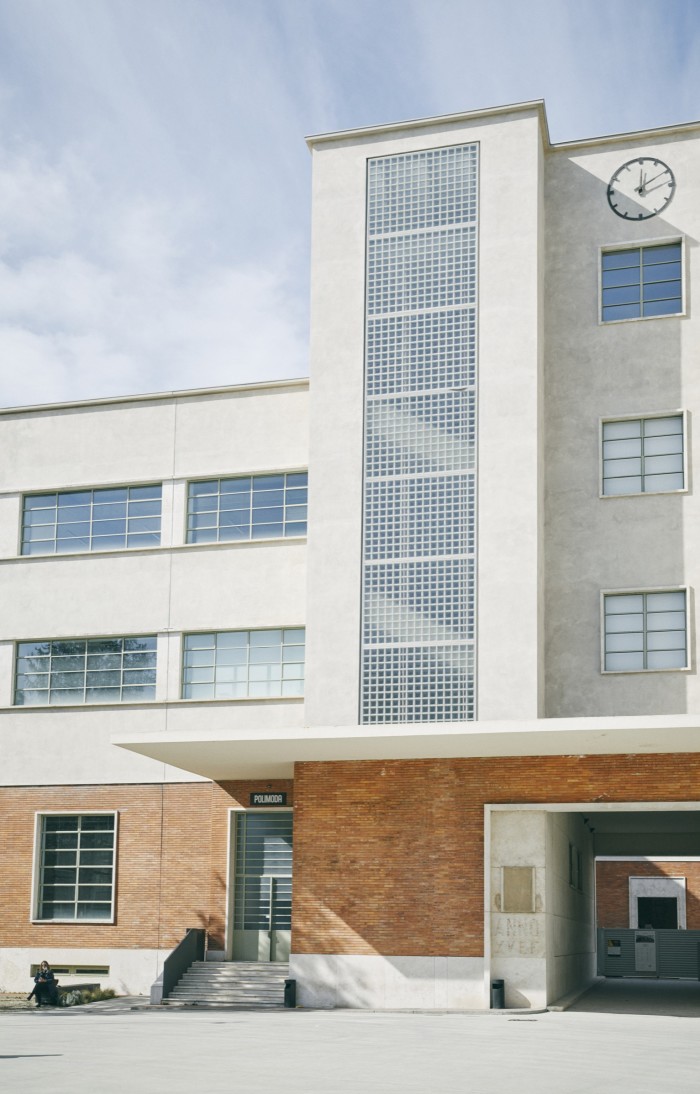
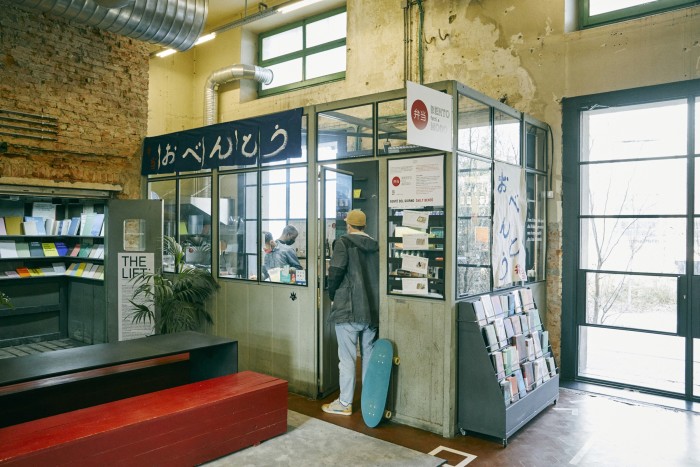
“The site was a model factory and developed to include new features and functions,” says architect Michelangelo Giombini who, as head of product development, is spearheading the project. “There was advanced air filtering, an after-work centre that offered organised theatre and sports, and a kindergarten – everything for the plant’s employees and their families to flourish. It was a work citadel and a pioneering project, as tobacco was a big business.”
As a shining example of state ownership enterprise, the Manifattura Tabacchi became a beacon of progress under the fascist regime. The quality of the architecture, materials and landscaping remains impressive in scale, with its artifice-free façades evoking unity and a sense of purpose, while a curving monumental entrance wall protects the citadel with a sweep of grandeur. Nervi, both a structural engineer and an architect, was a champion of reinforced concrete – it aided his exploration of voluminous space and vaulted ceilings. His sense of monumentalism made him a popular choice as a visionary of sports stadiums across Italy and he collaborated with some of Europe’s greats – including Gio Ponti and Marcel Breuer – on institutions and landmarks. “Nervi built several Manifatturas, and all are upstanding systems of architecture,” says Giombini. “Politics aside, Italy has finally had the courage to ask how this era of architecture can be renovated.”
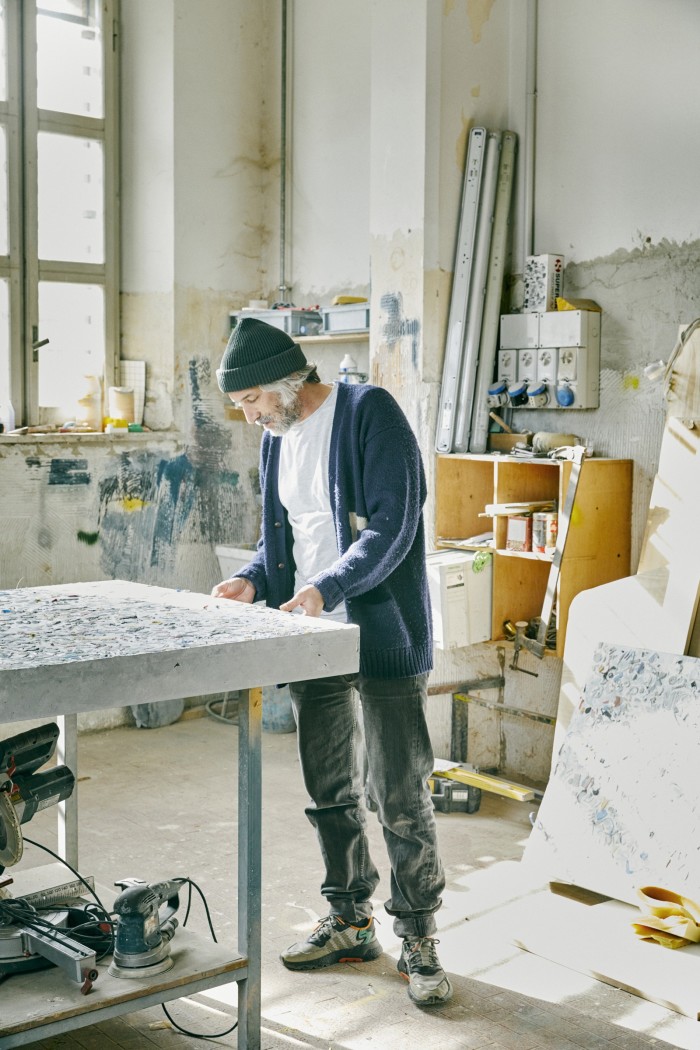


Back in 2016, the complex was purchased as a joint venture between a private equity fund, managed by the London-based asset-management business Aermont Capital, and the Italian government, which invested in the redevelopment under its Gruppo Cassa Depositi e Prestiti pension arm. The joint undertaking is worth some €250mn. There are comparable Manifattura restoration projects in Bologna, Lucca and Naples that are also run as joint state/private ventures, yet Florence is arguably the most exciting in terms of scale and future use.
Giombini says the vision plugs into the innovative legacy of the historically prosperous area. “The Florence complex has a specific flavour and opens itself up to become a new neighbourhood. There will be retail, housing, student and social accommodation, a hotel, residences and studios for artists. It is a contemporary companion to the ancient centre. Florentines are in love with their city – perhaps even overwhelmed by the beauty of it – and it’s often thought of as a city that looks behind not forward. The idea is to give Florence a centre for tomorrow,” says Giombini, who hails from Milan and previously headed up special projects at Interni, the architectural journal first published in 1954.
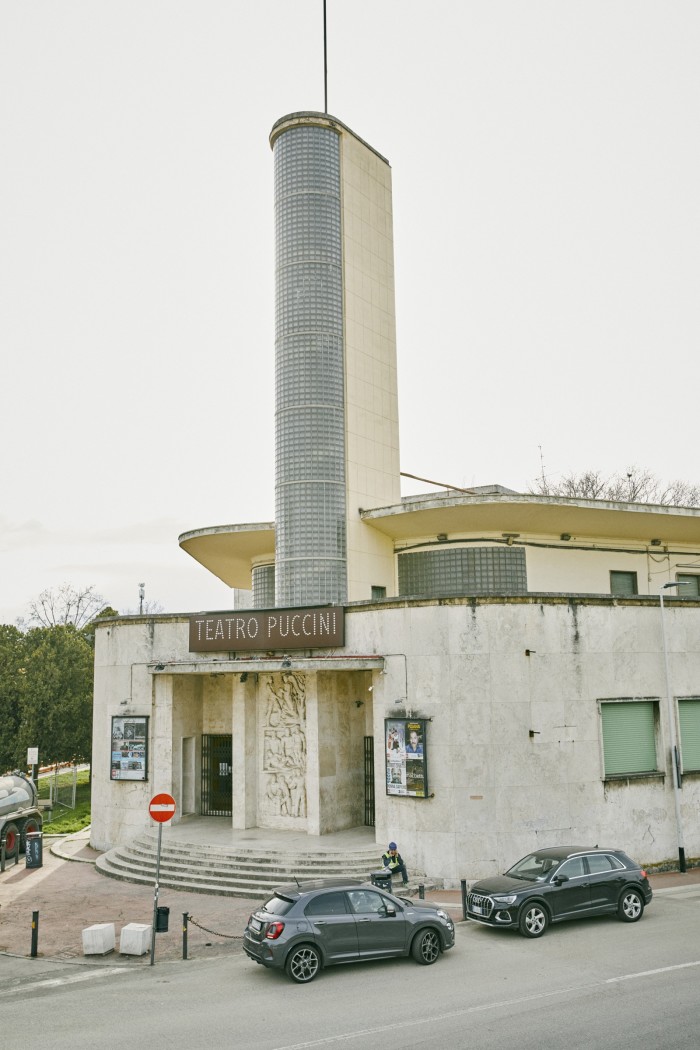
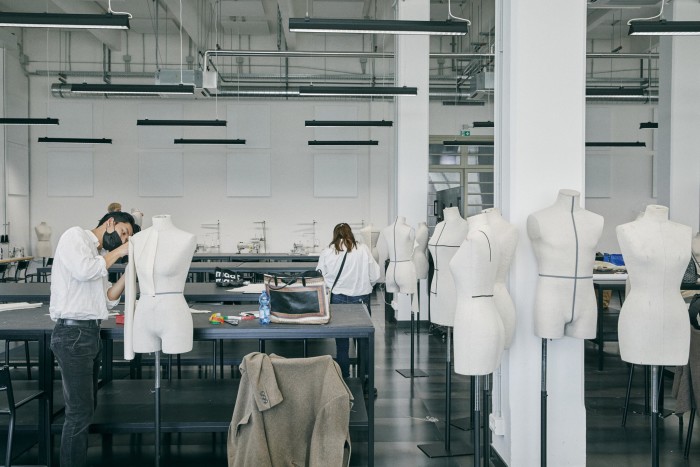
Manifattura Tabacchi will give a starkly different facet to the city that is, in winter months, often shrouded by mist and, in the spring, alive with honeymooners and gelato-licking tourists. Yet throughout the region there are bottegas (workshops) and factories specialising in the production of luxury leather goods, textiles, glass, pharmaceuticals and ceramics. The industrious tradition of the Tuscan region is ripe for expansion.
The complex began with a reimagining of its function and social purpose. In pre-pandemic 2018, creative businesses and startups were invited to rent studios and space in a series of buildings, while the original factory shells were redeveloped for the autumn 2022 opening. In addition, the fashion school Polimoda purchased a building – its third base in the city – which now caters to 800 students in 6,700sq m of space. Gradually, a community now counting 1,000 has begun to form, with a buzz created by performances and exhibitions.
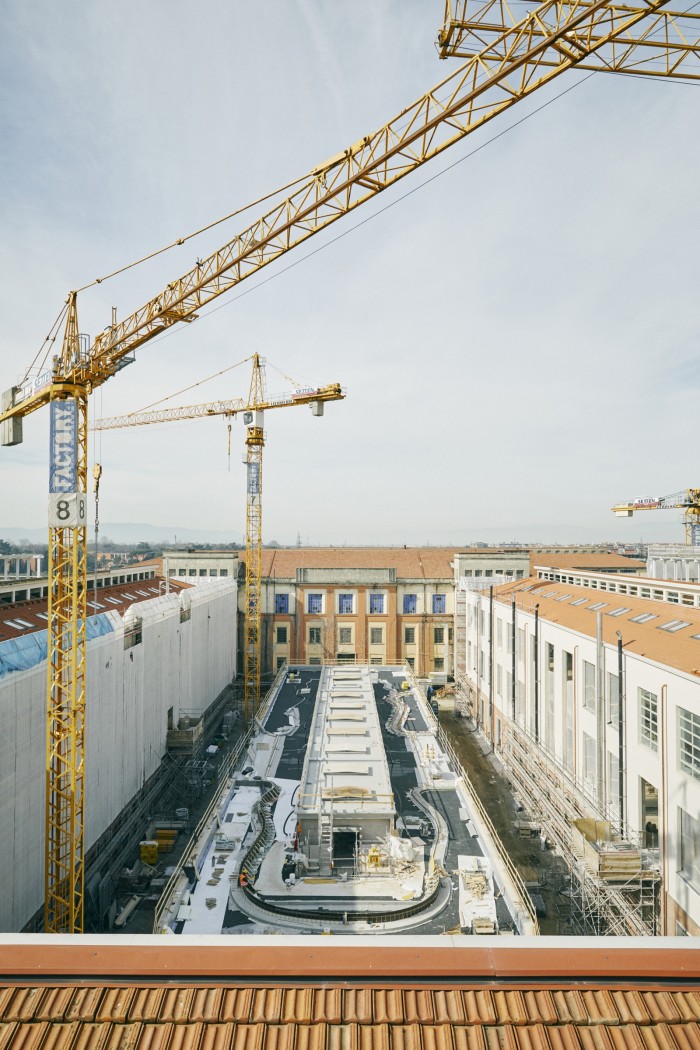

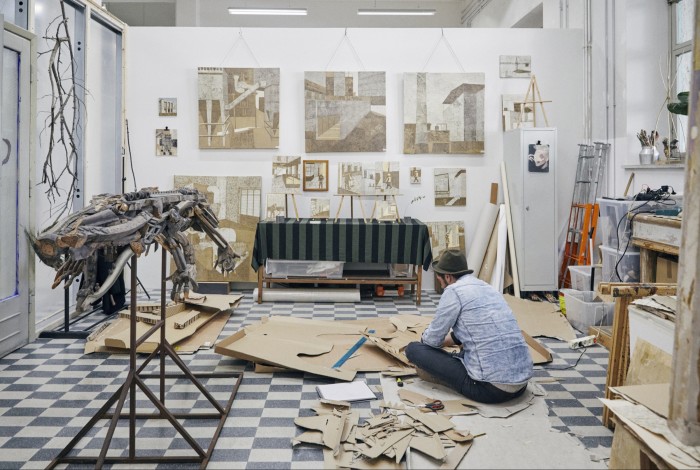
To promote creative fermentation, Manifattura Tabacchi launched its own YouTube channel with a spoofy documentary entitled The Factory Show (hosted by presenter and actor Francesco Mandelli) with studio visits to some of the centre’s more innovative tenants, including filmmakers Doghead Animation and resident neuroscientist Stefano Mancuso. The backdrop of the newly cleaned concrete walls, the copious greenery, plus cocktail lessons with occupant mixologists Bulli & Balene messaged the “Live. Work. Enjoy” manifesto of the Factory, wrapped up in a slice of Warholian experimentalism. For his part, Giombini has also been inspired by the late Richard Rogers’ thinking on the integrated city and neighbourhood ethics, considering how such projects work on a human level.
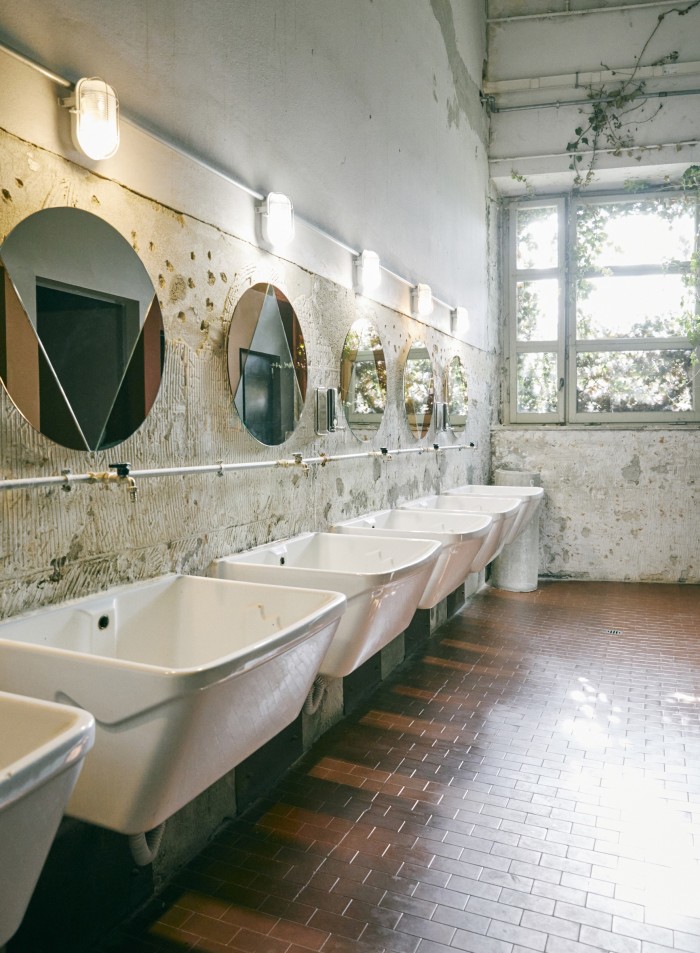
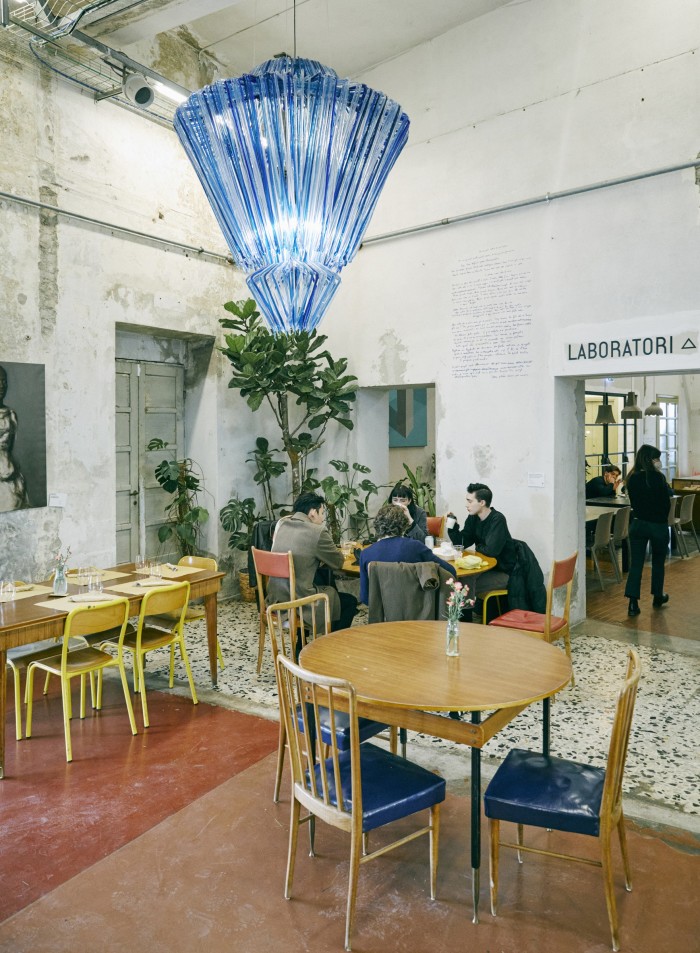
As with the regeneration of London’s Greenwich peninsula, the docklands area of Lisbon or Victoria Harbour in Hong Kong, the emergent centre is helping to attract retailers, startups and residents as well as further investment. Real-estate firm Hines is investing €80mn in new green-build student housing for 500, slated to open in 2024. A new venue belonging to the Academy of Fine Arts Florence is housed there, as well as LVMH’s IME (L’Institut des Métiers d’Excellence). Meanwhile, prospective residents can select from industrial lofts by Florentine studio Q-Bic, apartments designed by the architectural firm Quincoces-Dragò & Partners, and luxurious dwellings conceived by Patricia Urquiola.
While this sounds like a recipe for exclusive urban swankiness, there is also a new social housing building and a kindergarten, as well as a space devoted to the history of the complex and its workers. The latter was specified as a “must” by the Florentine administration as a means of preserving legacy on a local level. “The building preservation laws mean that the structures can be cleaned up and the windows changed, and we have installed geothermal heating as solar panels are not permitted,” explains Giombini of the restrictions. Landscape architect Antonio Perazzi has been commissioned to create an urban hanging roof garden, the Officina Botanica, with local flora and easy-maintenance planting, which will act as the lungs of the complex. Streets will be dotted with stores and restaurants, and there will be a craft brewery.
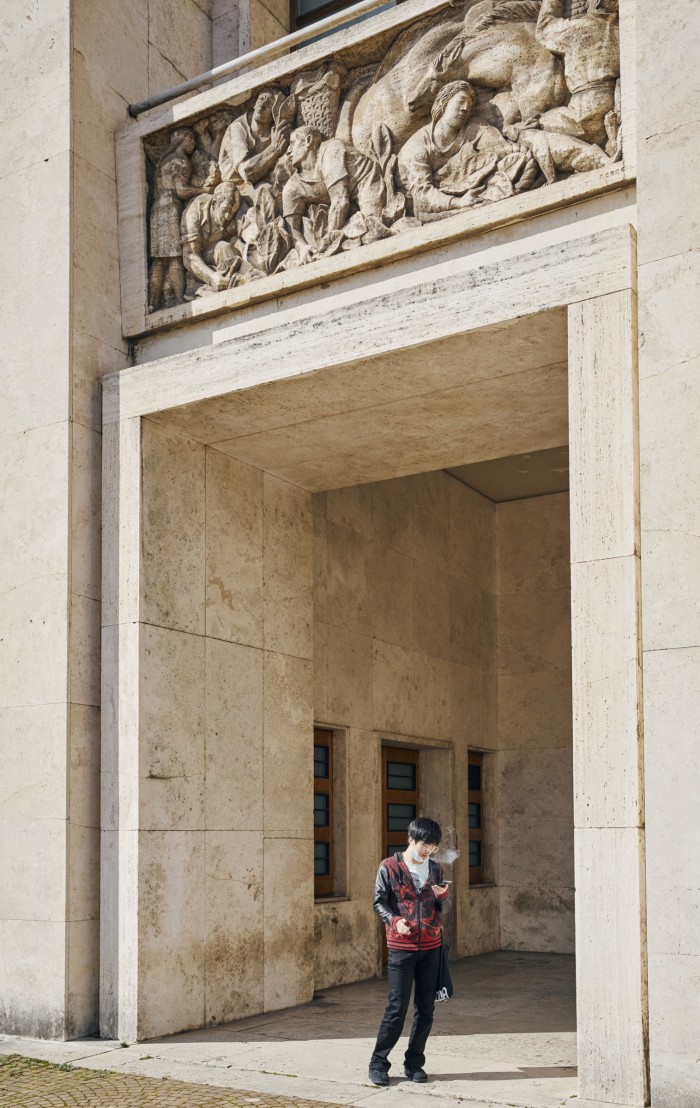
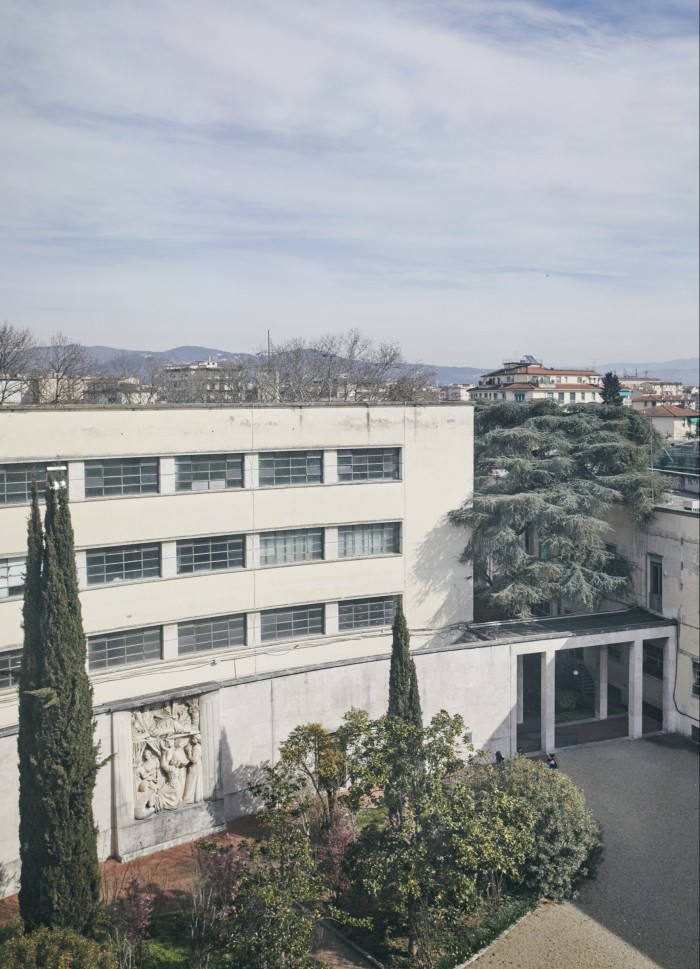
With the vast Parco delle Cascine to one side and a sports stadium and agricultural university in the area, the development is poised to attract businesses and residents seeking a striking green, campus-like environment with its own unique ecosystem. “Its geographic appeal lies in living at the door of a city where the countryside begins,” says Giombini. The political shadow of fascism seems long dispersed as an entrepreneurial collective supersedes it. At its peak capacity, Manifattura can accommodate 7,000, including visitors, workers, students, and residents who might arrive by train, plane (it is 15 minutes from the airport), tram or car.
Urban regeneration projects the world over are proving a winning attraction for visitors and investors alike – and a former 1930s Florentine tobacco factory that is morphing into a clean air creative mecca is this city’s flagbearer for progress.
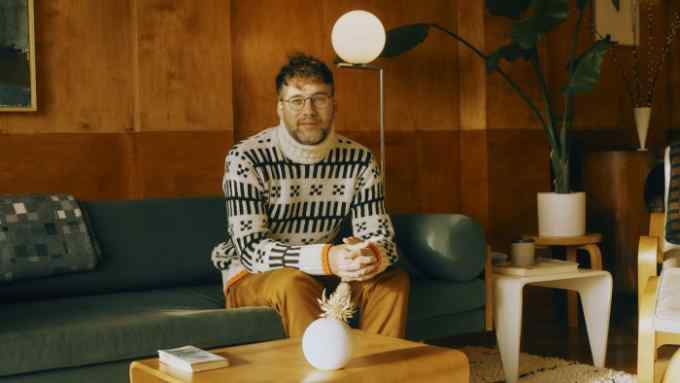
Comments